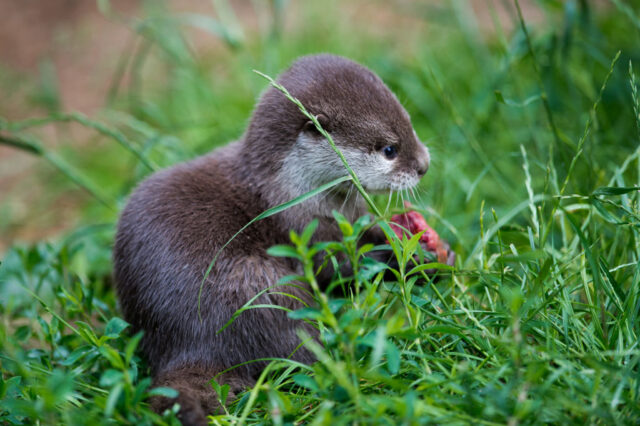Today, meatballs are made from many different ingredients. There is, of course, the classic beef, the healthy turkey and the trendy veggie, but what if we told you a team of Australian scientists have created the first ever mammoth meatball? Based on the DNA of the extinct woolly mammoth, they were able to recreate this extremely unique protein in a laboratory.
Making mammoth meatballs in a laboratory

The “mammoth meatball,” as the team calls it, isn’t made of mammoth – at least, not in the traditional sense. It actually consists predominantly of sheep and elephant, and is built on the ancient DNA of a mammoth. They were able to get the sequencing from the prehistoric animal’s muscle protein (myoglobin) and filled the gaps with that of an African elephant, one of the creature’s closest living relatives.
When the DNA sequencing was complete, it was placed into sheep stem cells and grown. It may seem like this would be a lengthy and experimental process, but the team were actually able to finish the entire project in a matter of weeks.
The mammoth meatball is inedible

Team leader Prof. Ernst Wolvetang has explained there was an entirely different problem to contend with once the meatball was ready.
He said that, because it was made so quickly, the team had no way of knowing what a human immune system would do if it were ingested. The risk of someone being allergic to this 5,000-year-old meat was too high; if they were to recreate the project, the team would have to ensure the meat was something that could actually be eaten.
Despite the success of this project, the team had actually wanted to create a different kind of meatball entirely, one from the dodo bird. Another well-known extinct species, they started their research intending to replicate dodo DNA and create lab-grown meat. However, there simply wasn’t any viable dodo DNA for them to insert into stem cells for growth.
But why?

You might be asking yourself, if the team weren’t able to actually try the meat and they created something that wasn’t even their first choice, then why did they bother creating it in the first place? Vow, the company behind this innovation, didn’t do it because they could – they hoped to prove a point.
The company wanted to show the incredible potential of growing meat from animal cells, rather than through conventional agriculture. It wanted to draw attention to the problems associated with the latter form of production and how it’s linked to climate change. Co-Founder Tim Noakesmith told The Guardian, “We chose the woolly mammoth because it’s a symbol of diversity loss and a symbol of climate change.”
Vow, unlike so many other companies that make lab-grown meat, focuses on using unconventional proteins – peacocks, kangaroo, crocodile, etc. – to create new kinds. Engineering mammoth meatballs is certainly one way to start a conversation about lab-grown food.
More from us: DNA From Beethoven’s Hair Gives Insight Into His Death and a Family Mystery
The meatball now has a home at the Rijksmuseum Boerhaave, a science museum in the Netherlands.
